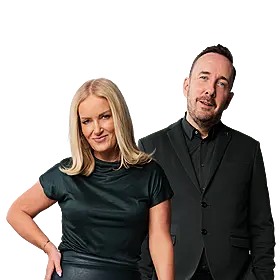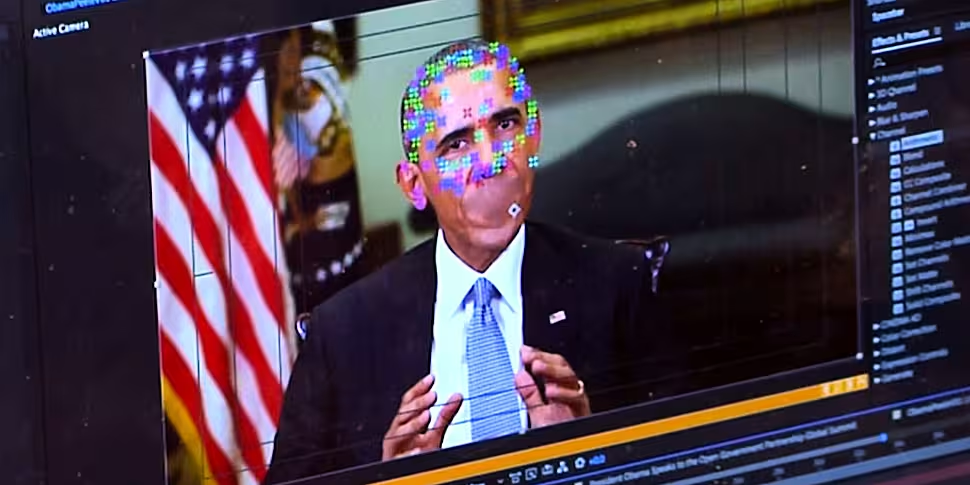Everyone has a responsibility to ensure what they share online is accurate before posting it, a journalist has said.
Razan Ibraheem, who specialises in content verification, was speaking after Minister Eamon Ryan criticised misinformation spread about him online.
He said a number of stories had been taken as 'gospel' about him that were categorically untrue.
It comes ahead of a number of referendums and elections in Ireland this year, including European elections in June.
 A woman using a smartphone, 25-7-15. Image: NicoElNino / Alamy
A woman using a smartphone, 25-7-15. Image: NicoElNino / AlamyMs Ibraheem told Lunchtime Live artificial intelligence has made things much more complicated.
"It makes our job, as journalists who are experts in verifying content on social media, definitely more complicated," she said.
"We would have more steps in identifying any misinformation or fabricated content on social media.
"However AI last year, although it was prominent and there was huge attention to it, they were struggling in some aspects of images and videos.
"For example, in videos we would identify [a] mismatch between the voice, body language and the lips.
"We also would identify blurs, if a picture is not 100% clear".
What to look out for
Ms Ibraheem said AI can't replicate certain body parts very accurately such as teeth, hands, fingers, eyes and glasses.
"We do look at these very specific signals for us to determine," she said.
She said people can take a number of steps to decipher an accurate video from a fabricated one.
"We look mainly at the location of the video, we look at the date of the video and then the source of the video," she said.
"These are three main important steps in verifying any video.
"When it comes to images, we do look at the image, when it was posted [and] the first time it was shared on social media.
"Then we do image reverse, where we can look at the early occurances of the image on social media.
"We do look at all the details: the street signs, if there are shadows, if there is any added [elements] for example text to the image.
"That is constant work from our side when it comes to content verification".
'News that affirms us'
Ms Ibraheem said people should always try to ensure the content is accurate before they share it.
"Always pause before we share any content on social media, unless we are 100% sure that the content is accurate," she said.
"It's a responsibility in this era of disinformation.
"We often seek news that affirms us rather than informs us.
"That is why it is so important for us in these election times to be careful.
"What we notice during election time [is] an increase in fabricated screenshots.
"Let's say somebody will take a screenshot from the BBC and they leave the logo, but they completely change the headline and they fabricate a new story," she added.
Ms Ibraheem said people can do their own image reversal search via Google.
Listen back here:









